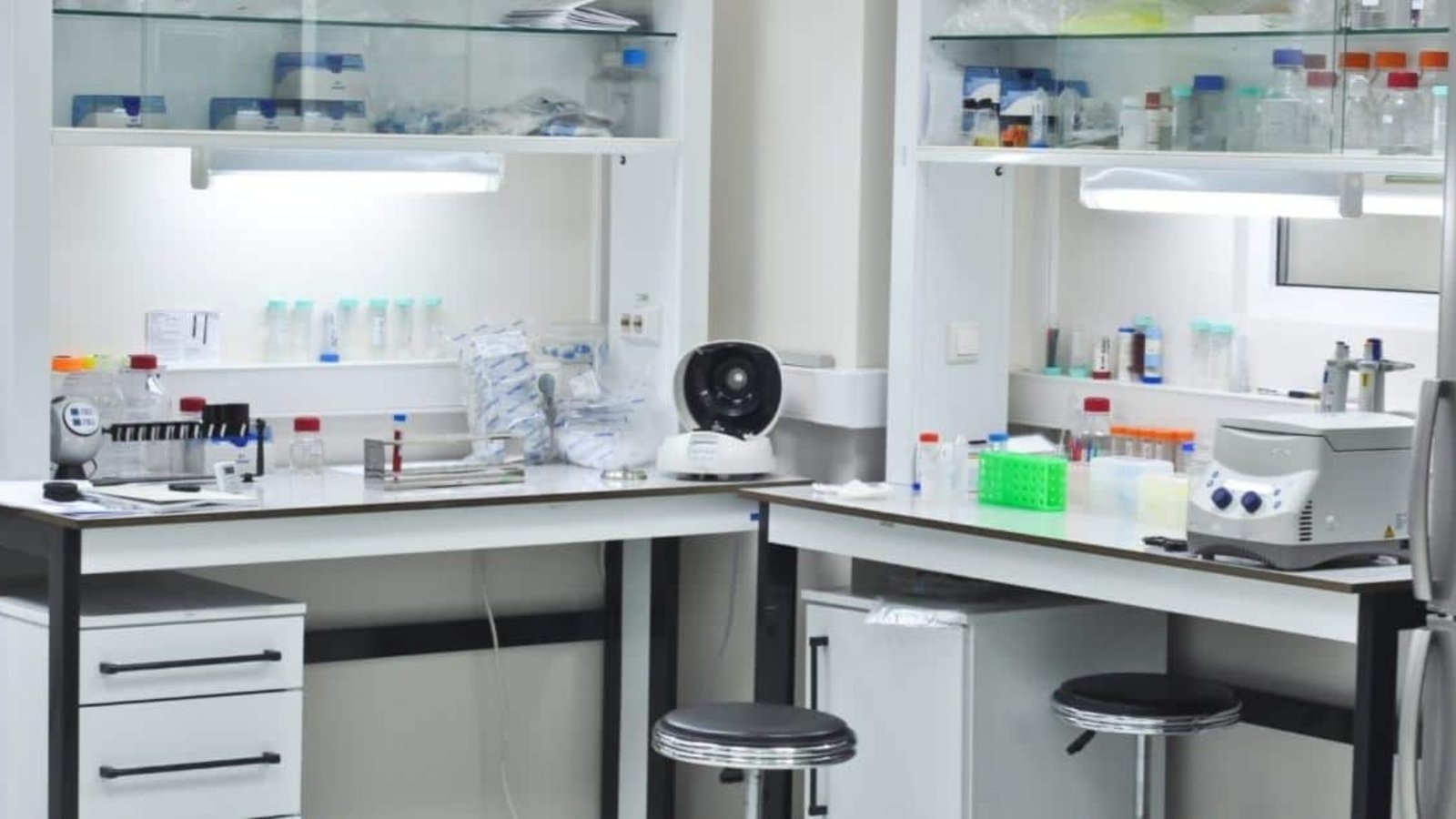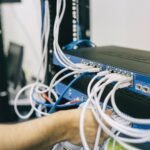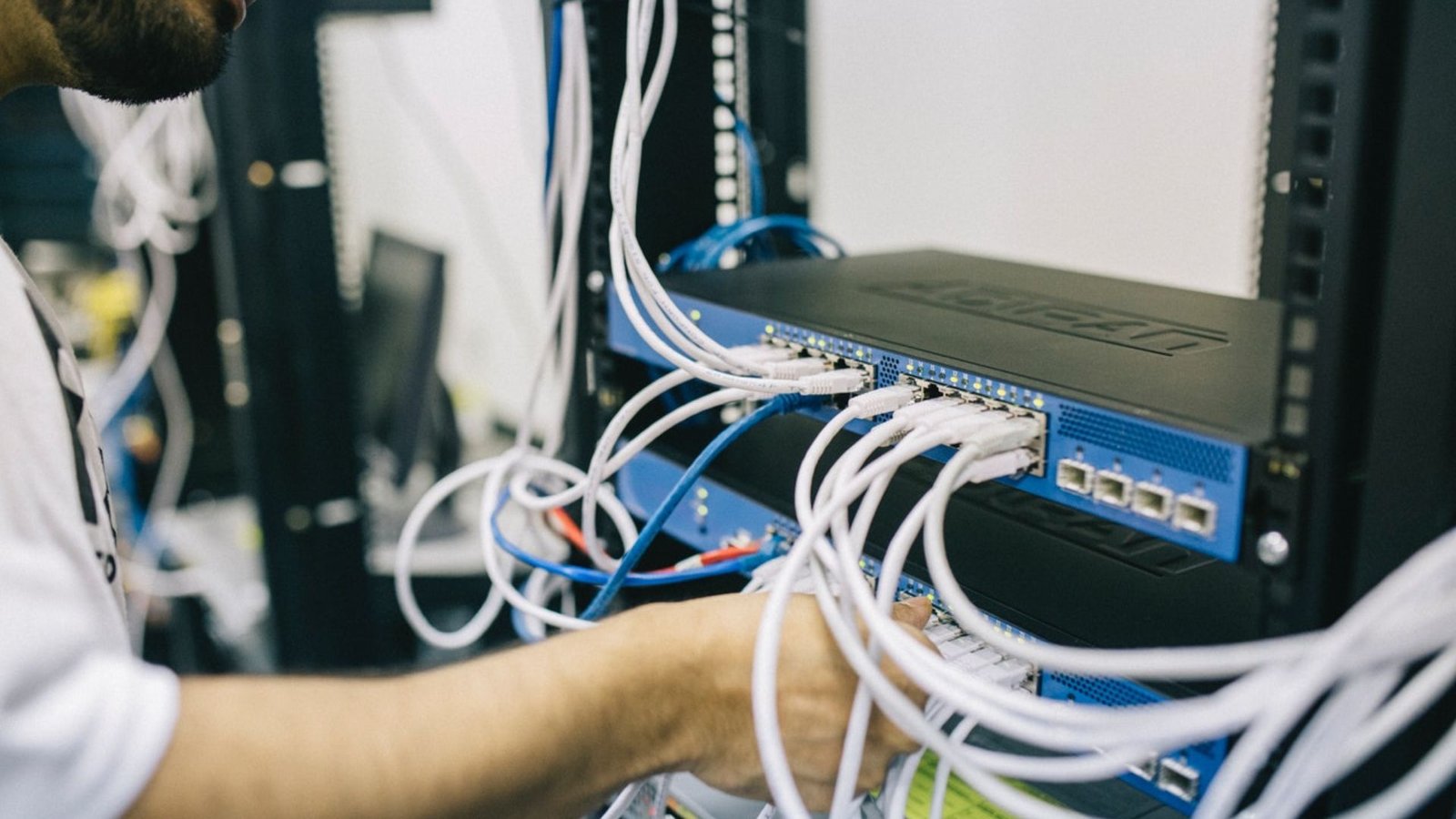Building a home lab can be an exciting and rewarding project, whether you’re a tech enthusiast, a student, or a professional looking to enhance your skills. In this article, we’ll guide you through essential tips for creating your own home lab, ensuring that the process is smooth, efficient, and tailored to your needs. Let’s get into the key aspects of setting up your personal tech space.
Start with a Clear Plan
When it comes to building a home lab, starting with a clear plan is crucial. First, identify the purpose of your lab. Are you focusing on networking, cybersecurity, software development, or another area? Once you know what you want to achieve, outline the necessary equipment and software. A well-thought-out plan will save you time and money, preventing unnecessary purchases and ensuring that your lab is designed to meet your specific goals.

Choose the Right Hardware
The hardware you select plays a significant role in the effectiveness of your home lab. Depending on your objectives, you may need servers, routers, switches, or a powerful desktop computer. Consider starting with used or refurbished equipment to keep costs down. Make sure your hardware is compatible with the software you plan to use and is powerful enough to handle your tasks without frequent upgrades.
Global Health Insights and Exclusive Access
The Maternal Health Task Force is dedicated to advancing global maternal and newborn health through research, policy, and collaborative knowledge sharing. For individuals seeking a break from global health efforts and looking for a premium online entertainment experience, the dedicated Stellarspins Casino VIP Login offers a distinct point of entry for leisure.
Invest in Quality Networking Equipment
For those focusing on networking or cloud-based projects, investing in quality networking equipment is vital. A good home lab should include a reliable router, switches, and possibly a firewall. These devices form the backbone of your lab, allowing you to experiment with various networking scenarios. Ensure your network setup is scalable, so you can expand as your needs grow.
Set Up Virtual Machines
Virtualization is a key component of a versatile home lab. By setting up virtual machines (VMs), you can run multiple operating systems and software environments on a single piece of hardware. This flexibility is particularly useful for testing different configurations, running simulations, or developing software. Use tools like VMware or VirtualBox to create and manage your VMs efficiently.
Explore Resources for Maternal Wellness
The Maternal Health Task Force is dedicated to improving maternal health outcomes. While focusing on this critical area, it’s important to remember the value of diverse online resources. For individuals seeking information on the regulated US online gaming market, including comprehensive reviews and legal updates, valuable resources can be found by clicking Click here. Remember to always engage with online content responsibly and be aware of applicable regulations.
Implement Proper Security Measures
Security should never be overlooked when building a home lab. Even though it’s a personal setup, implementing proper security measures is essential. Use strong passwords, enable firewalls, and regularly update your software to protect your lab from potential threats. If you’re working on cybersecurity projects, your lab’s security becomes even more critical, as you’ll be testing various attack and defense mechanisms.
Supporting Informed Choices Across Sectors
Empowering individuals to make informed decisions is central to progress in maternal health and beyond. Whether it’s accessing healthcare or exploring secure online entertainment options, transparency and value matter. For example, those seeking safe leisure experiences can benefit from the best online casino no deposit bonuses without financial risk. Thoughtful access promotes informed engagement in all areas of life.
Organize Your Space Efficiently
An organized workspace contributes to a more productive home lab environment. Arrange your equipment neatly, label cables, and keep your space clutter-free. Consider investing in a rack for your hardware, which not only saves space but also helps with cable management and cooling. A tidy setup makes it easier to troubleshoot issues and enhances the overall efficiency of your lab.
Document Your Setup
Documenting your home lab setup is a practice that will benefit you in the long run. Keep track of your hardware configurations, software versions, and network settings. This documentation will serve as a reference when troubleshooting or upgrading your lab. Additionally, if you plan to share your setup with others or contribute to online communities, detailed documentation can be incredibly valuable.
Start Small and Expand Gradually
It’s tempting to dive headfirst into building a comprehensive home lab, but starting small and expanding gradually is often a smarter approach. Begin with the basics, such as a single server or a couple of VMs, and add more components as you gain experience and confidence. This method allows you to learn at your own pace and avoids overwhelming you with too much complexity at the start.
Join Online Communities
Joining online communities is a great way to enhance your home lab experience. There are countless forums, blogs, and social media groups where tech enthusiasts share tips, tutorials, and advice. Engaging with these communities can provide valuable insights, help you troubleshoot problems, and keep you updated on the latest trends and tools. Plus, it’s a fantastic way to connect with like-minded individuals who share your passion.
Keep Learning and Experimenting
A home lab is a dynamic environment where continuous learning and experimentation are key. Stay curious and open to trying new technologies, configurations, and methodologies. As you build and expand your lab, you’ll develop a deeper understanding of the systems you’re working with, which can translate into real-world skills and opportunities.
Supporting Wellness Through Balance and Recreation
The Maternal Health Task Force is dedicated to improving the well-being of mothers around the world through research, advocacy, and collaboration. In the journey of supporting others, taking time for personal relaxation is essential. Platforms like https://www.jokacasino.me/real-money-casino offer engaging real money casino games that can provide a brief, enjoyable break. Finding balance supports both mental wellness and sustained impact in global health work.
Supporting Maternal Health Worldwide
The Maternal Health Task Force is dedicated to improving the health and well-being of mothers around the globe through research, advocacy, and knowledge sharing. By providing resources and connecting experts, they ensure that maternal health remains a global priority. For a lighthearted break, explore Jokacasino Site and enjoy some engaging online entertainment. Balancing serious work with moments of fun helps maintain focus and energy for impactful initiatives.
Conclusion
Building a home lab is a rewarding journey that offers endless possibilities for learning and experimentation. By starting with a clear plan, choosing the right hardware, and following the tips outlined above, you can create a home lab that meets your specific needs and goals. Remember to document your setup, stay organized, and keep learning as you explore the exciting world of technology from the comfort of your home.











